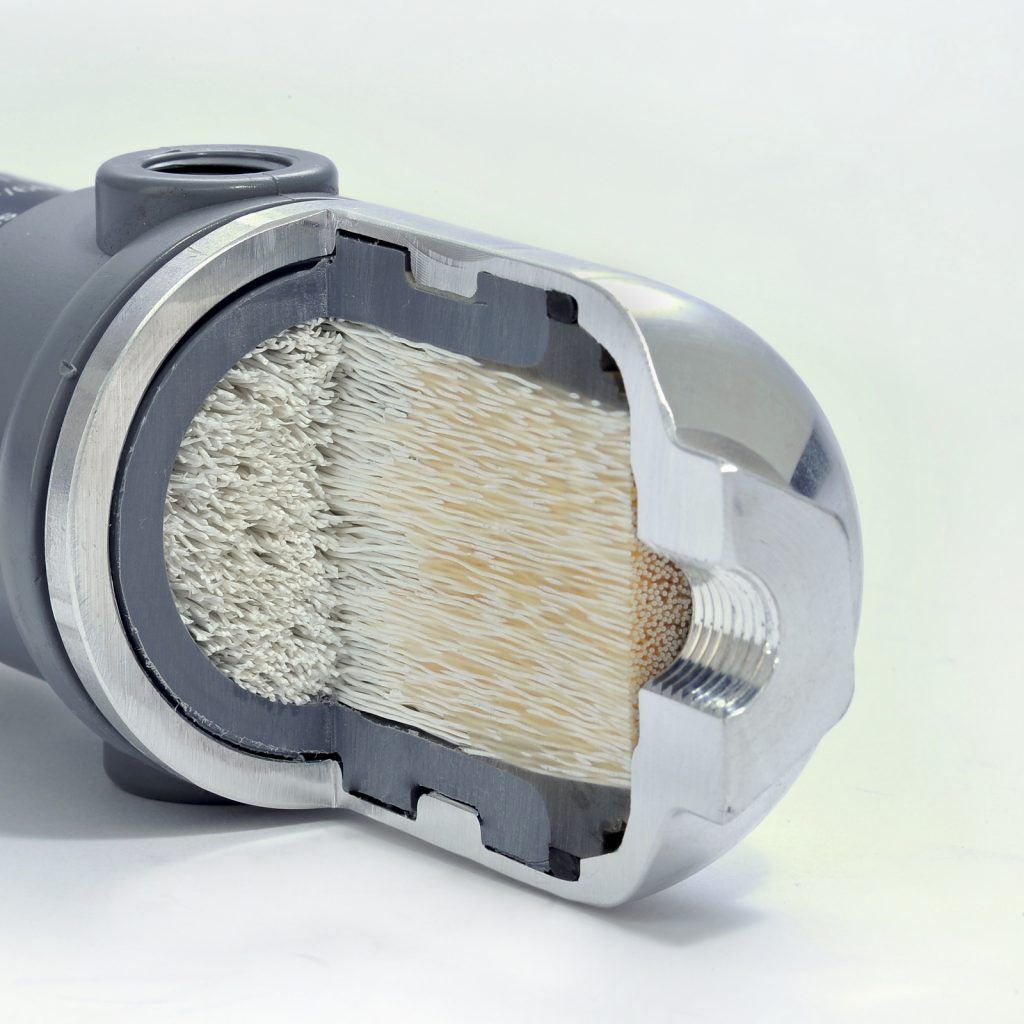- Forward osmosis is not dead – interview with leading water consultant Walid Khoury - August 30, 2020
- Listing of major commercial & academic FO players on ForwardOsmosisTech - April 12, 2020
- 0.26MGD FO-SWRO Hybrid for seawater desalination achieves 25% energy reduction compared to MF/SWRO - December 14, 2019
UK-based company Osmosis Energy UK reports on recent commercial progress within the field of Pressure Retarded Osmosis (PRO)
In this article, Raymond Carter, Director of UK based Osmosis Energy UK summarizes his views on the PRO field and recent progress in commercializing PRO systems for sustainable energy production.
Large-scale PRO R&D and piloting started with Statkraft and continued in the Japanese Mega-Ton project
With continuing technical advancements in membrane development and production, PRO power output (as measured by the yardstick of energy produced per square meter of membrane) has continuously improved since Statkraft took the plunge to actually pilot a fully operational power station producing energy from PRO back in 2009 until its closure in 2014 due to the failure in delivering power.
Statkraft were able to achieve 1W/m2 compounded by continuing fouling of the fresh river feed water and the draw sea salt water. They concluded the need for at least 3W/m2 using hollow fiber membranes or, 5W/2 from flat sheet membranes before commercial viability could be achieved.
Since then progress has been made in trying to develop systems of PRO power generation within the water purification sectors and desalination plants. In Japan an onsite pilot plant within the Mega-Ton project produced 10W/m2:
“A PRO technology recovers renewable energy. Features of PRO are no heat emission, no chemical reaction, stability under any weather condition, and the PRO system uses treated waste water, so it can be constructed near or in urban areas. The PRO prototype plant has operated successfully over one year and achieved 10 W/m2 power densities…………. It is anticipated to be one of key technologies in future mega-ton water systems” – Mr. Hideyuki Sakai, President of Kyowakiden Industry CO., Ltd. Nagasaki University Japan 2015
Bringing PRO towards commercial viability
I can only conclude from our own research as well, that Statkraft were a little premature in building their plant and this contributed to their findings of membrane blockages and low generation output. However, hindsight is a luxury business cannot afford.
Recently, PRO prototype plants tested for use in RO water treatment plants have returned the data Statkraft had hoped for. Here, power output of between 4-8KW using 8 x 10 PRO module CTA hollow fiber filters have been demonstrated using existing components and equipment available ‘off the shelf’. Also, a standard Pelton turbine was used to generate the power. Those results were from a fully automated year long tested PRO prototype generator plant, similar to those we are manufacturing.
Recent results from our ongoing PRO pilots with hollow fiber membranes have demonstrated power densities above 20W/m2
Using normal mains water as feed and draw, with the draw feed having the optimum amount of salt added, our research results have far exceeded our research expectations in 2016. Using ‘outside in’ (the draw solution is flowing in the fibre lumen) hollow fibre membranes continuously gave average results of 24W/m2 at 20 bar pressure with even results of 38W/m2 at 30 bar.
Concluding remarks: PRO will soon rank alongside wind, solar, and hydro
My conclusion is the time has come to offer PRO as a serious alternative energy source. The science is well known and research has progressed from delivery 1W/m2 in 2009 to 24W/m2 eight years later. Given that only two years ago, the Japanese Megaton Water project considered 10W/m2 a success, I am confident that commercially viable – and sustainable – PRO electric generators are within immediate reach.
In conclusion, there is no reason why PRO cannot soon rank alongside wind, solar and hydro as a clean pure sustainable energy source.

